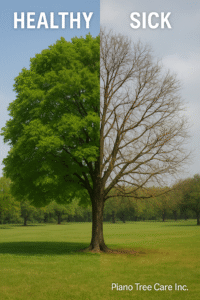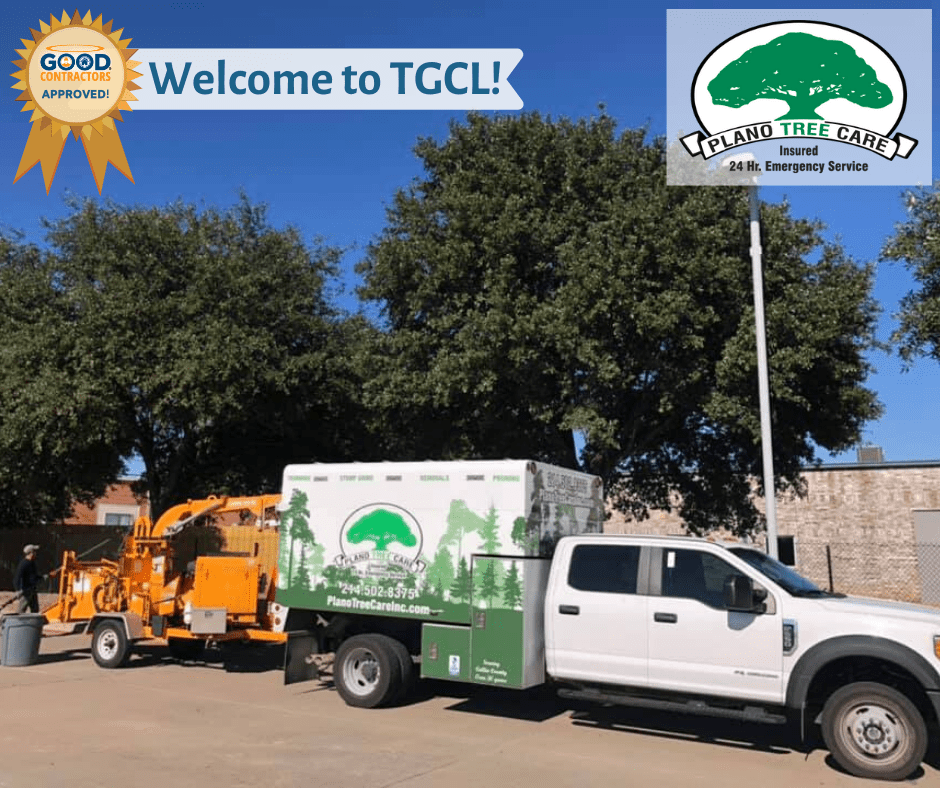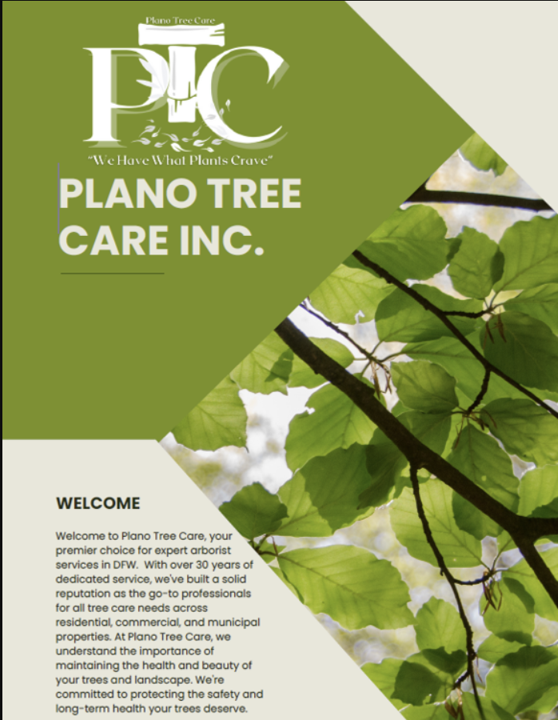Essential Tips for Effective Plant Health Care
Maintaining a lush, thriving garden requires a solid understanding of the essentials of plant health care (PHC). Whether you’re a passionate gardener or a homeowner aiming to boost your curb appeal, ensuring the health of your trees and plants is vital. This guide will show you important strategies for good plant health care.

The focus will be on the special conditions in North Texas.
Understanding Plant Health Care (PHC)
Plant health care, or PHC, is a complete method. It aims to keep plants strong and reduce pests and diseases. We achieve this through proactive and preventive steps. Instead of waiting for problems to arise, PHC emphasizes regular monitoring and maintenance.

The Importance of PHC
A proactive plant health care program can save you time and money in the long run. Healthy plants are more resistant to pests and diseases, require fewer interventions, and can thrive with less effort. This method makes your garden more beautiful. It also helps the environment by lowering the need for chemical treatments.
Keys to Effective Plant Health Care
Proper Plant Selection
Choosing the right plant for the right place is the cornerstone of PHC. When selecting plants for your garden, consider the local climate, soil type, and sunlight availability. In North Texas, choosing drought-resistant or native plants can help create a healthier and more sustainable garden.
Regular Monitoring
Regularly inspect your plants for signs of stress, disease, or pest activity. Early detection is key to managing issues before they become severe. Search for leaves with discoloration, odd growth, or noticeable pests. Keeping a garden journal can be helpful in tracking changes over time.
Soil Management
Healthy soil is fundamental to plant health. Conduct a soil test to understand its pH and nutrient content, then amend it as necessary. Adding organic matter like compost can improve soil structure and fertility. In North Texas, where clay soils are common, aeration and proper drainage are essential.
Essential Care Practices

Watering Wisely
Watering is a critical aspect of plant care, but it’s important to do it wisely. Over-watering can be just as harmful as under-watering. Ensure your plants receive the right amount of water based on their needs and the local climate. Drip irrigation systems can be an efficient way to provide moisture directly to the roots.
Pruning and Trimming
Pruning helps maintain plant structure and encourages healthy growth. Remove dead or diseased branches to prevent the spread of diseases. Timing is also crucial; for most trees and shrubs, late winter or early spring is ideal for pruning, as it encourages new growth.
Fertilization
Fertilizing provides essential nutrients that plants need to grow. Use fertilizers sparingly and based on soil test recommendations. Over-fertilizing can lead to nutrient runoff and harm local waterways. Choose slow-release fertilizers to gradually feed your plants.
Addressing Common Issues
Pest Management
Integrated Pest Management (IPM) is a key component of PHC. This approach focuses on using the least toxic methods first, such as introducing natural predators or using organic pesticides. Regular monitoring and maintaining plant health are essential to keep pest populations under control.
Disease Control
Diseases can quickly spread and affect plant health. Users should apply fungicides and other treatments carefully. Start by improving air circulation and removing infected plant parts. Diversity in plant selection can also prevent the spread of diseases.
The Role of Professional Tree Care
For complex issues or large trees, professional care may be necessary. Companies like Plano Tree Care Inc. in North Texas provide expert services that meet the area’s specific needs. They provide specialized care that can address issues beyond the scope of routine maintenance.

When to Call in the Pros
– Consider hiring experts if you notice serious disease in your trees.
– Look for problems with the tree structure.
– If your trees are close to power lines or buildings, it’s a good idea to get help. Professionals have the tools and knowledge to safely and effectively manage these challenges.
Conclusion
Effective plant health care is about balance and foresight. By integrating these practices into your routine, you can ensure the longevity and vitality of your garden. No matter if you have a small backyard or a large landscape, the rules of PHC are the same. You should know your plants, check on them often, and fix problems quickly.
Incorporating PHC practices not only benefits your garden but also contributes to a healthier ecosystem. As you nurture your plants, you are also fostering an environment that supports biodiversity and resilience. Remember, a healthy garden is a happy garden.
By using these important tips, you can improve the health of your plants and trees. This will help create a lively and thriving outdoor space for many years.
According to the Texas A&M AgriLife Extension, proper plant selection and maintenance are crucial for North Texas gardens.





